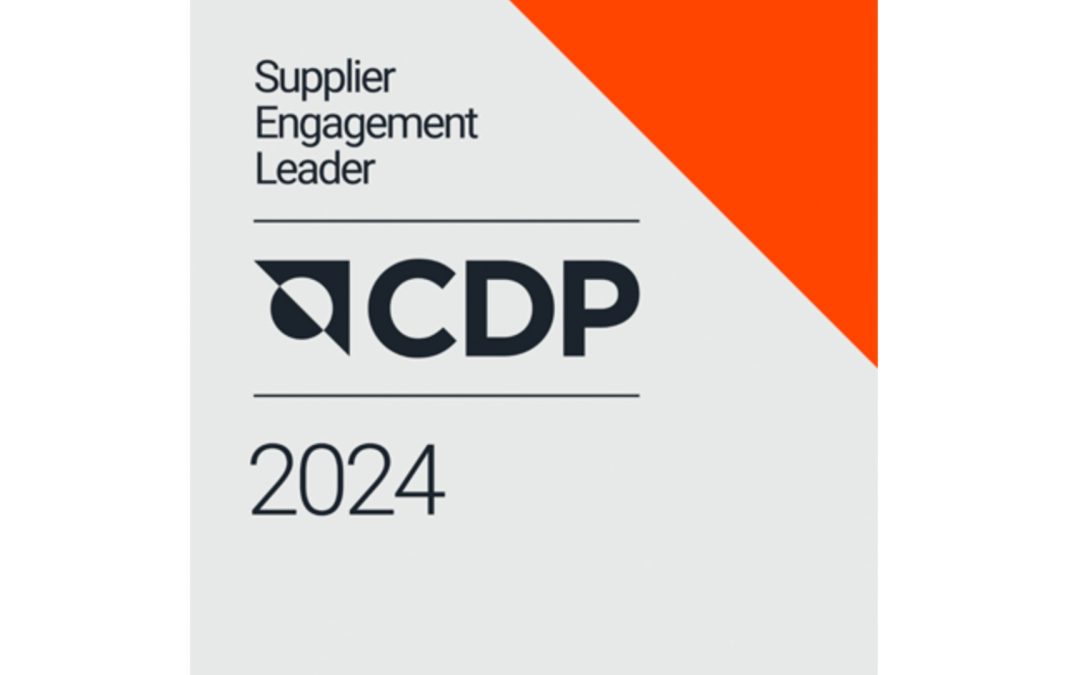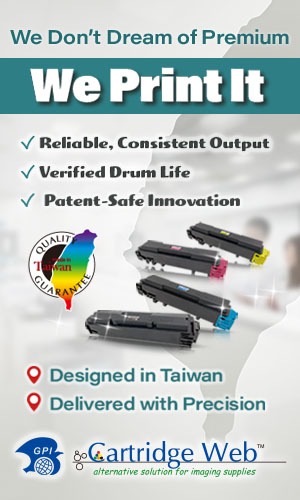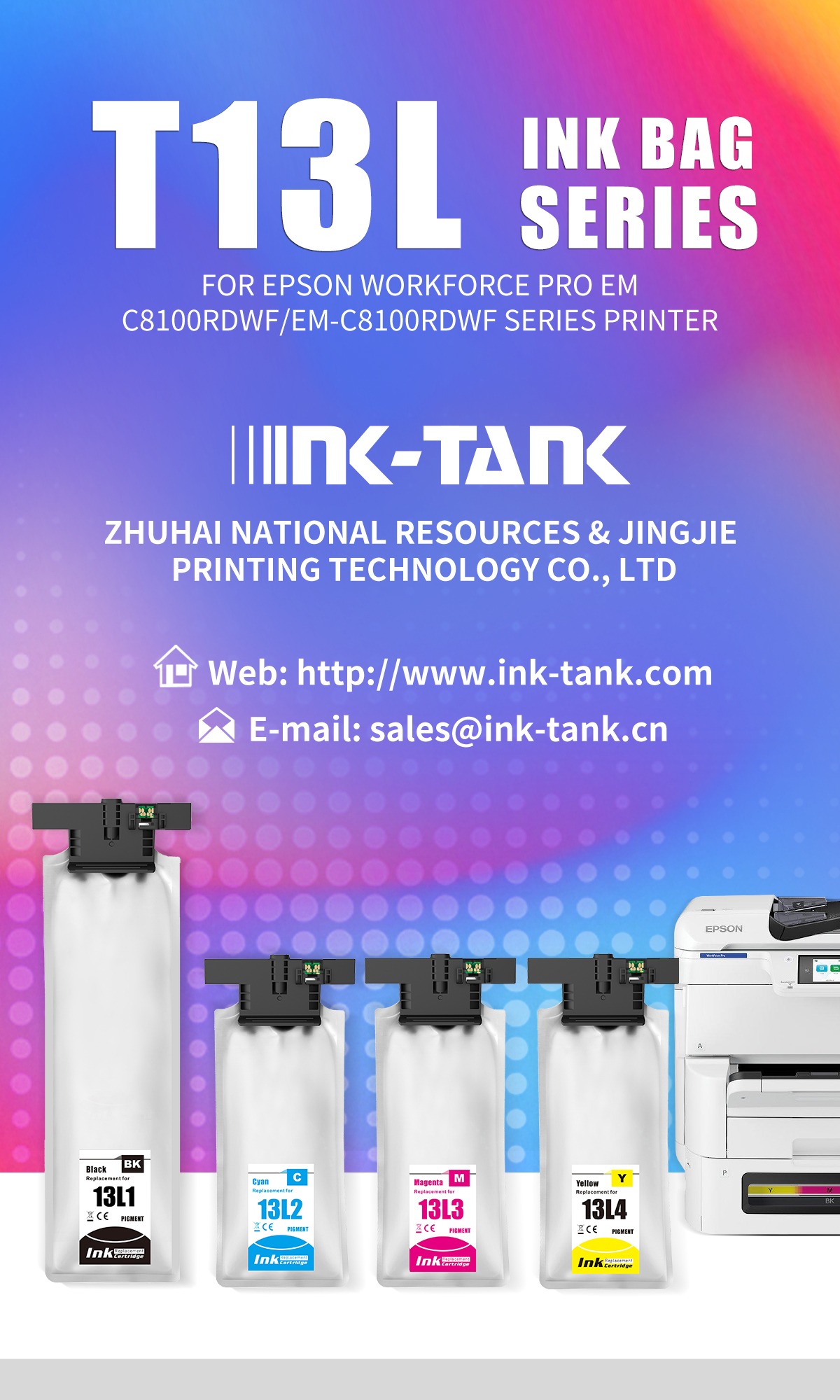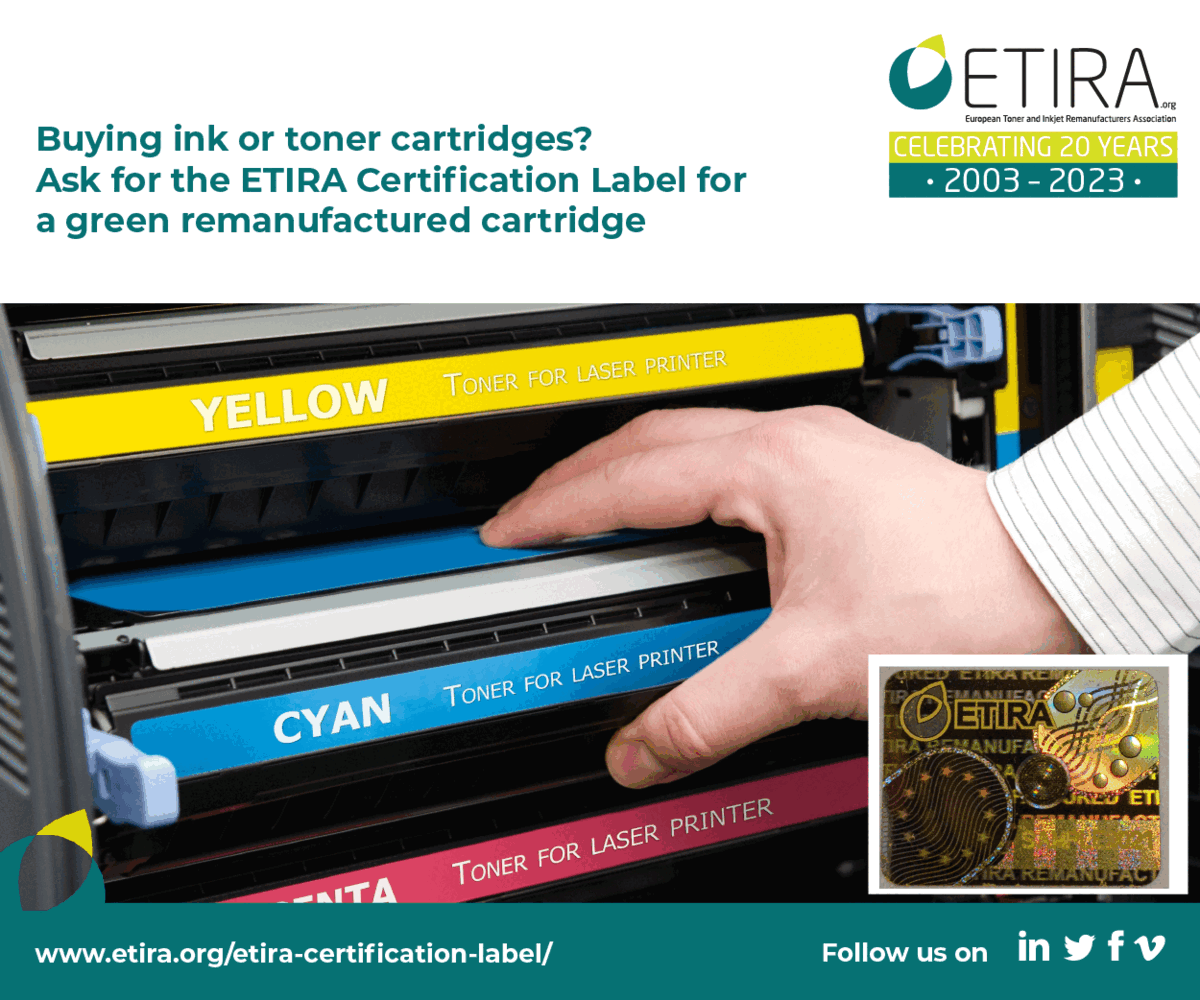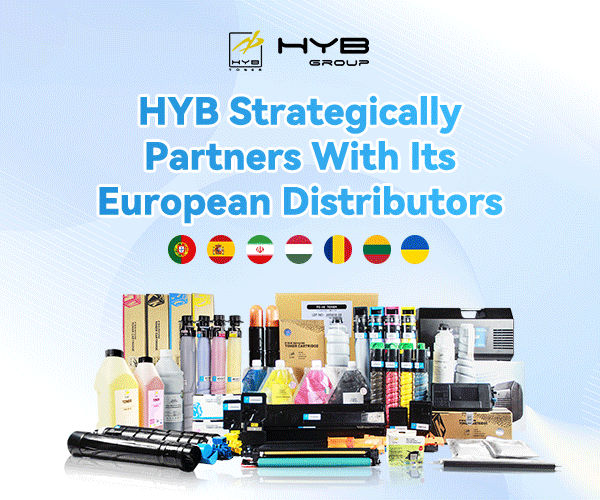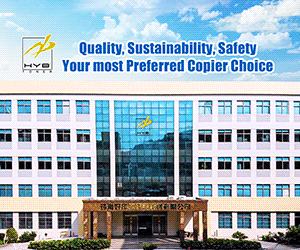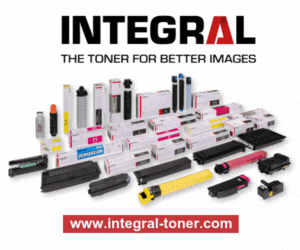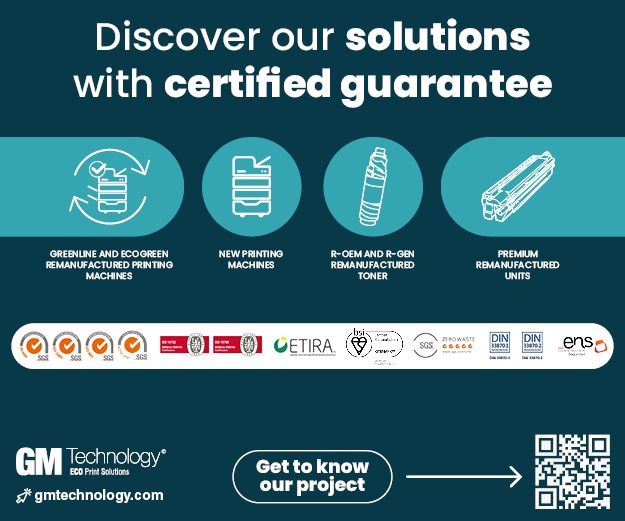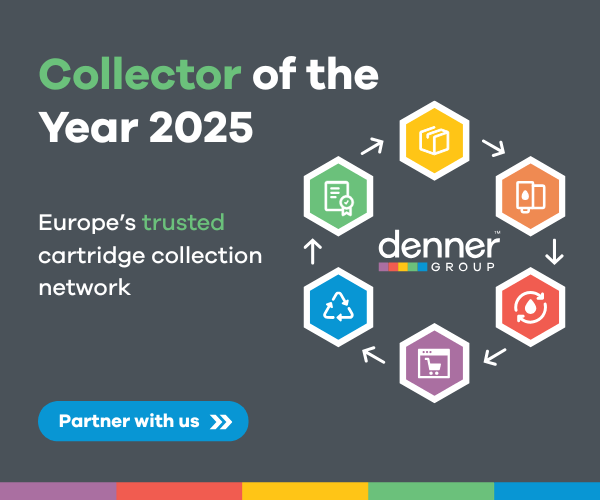HP’s Q3 results highlight rising PC sales and strong cash flow, but the Printing division fell again, underlining market fatigue, Microsoft’s role in printer obsolescence, and growing aftermarket opportunities.
HP has reported third-quarter revenue of $13.9 billion (€12.9 billion), up 3% year-on-year, with earnings ahead of Wall Street expectations. GAAP earnings per share rose 23% to $0.80 (€0.74), while non-GAAP EPS slipped 11% to $0.75 (€0.70). Free cash flow came in at $1.5 billion (€1.39 billion), with $0.4 billion (€370 million) returned to shareholders through dividends and buybacks.
The figures underline a mixed picture. HP’s Personal Systems division, which includes PCs, delivered revenue of $9.9 billion (€9.2 billion), up 6% on the back of demand for AI-enabled devices and the Windows 10 end-of-support refresh cycle. By contrast, Printing revenue declined 4% to $4.0 billion (€3.7 billion), as supplies sales continued to contract.
HP points to macroeconomic headwinds, but the underlying trend is clear: users are printing less and buying fewer OEM cartridges. Hardware sales are broadly flat, yet the consumables business, which underpins the model, remains under pressure.
Industry dynamics show competitors moving differently. Ninestar recently reported growth in its Pantum printer brand, while Epson continues to expand its ink tank devices. Both nibble away at the traditional high-margin cartridge model. In the US and Europe, printer fatigue is evident. “Every office has at least one spare, unused printer,” one industry insider observed. The same applies in households, where the hardware often sits idle until a replacement cartridge set, costing around €350, is required.
Microsoft also plays a part. With the end of Windows 10 support, older printers default to generic drivers in Windows 11. This can strip out advanced features such as duplex, toner monitoring, and secure print. OEMs have little interest in developing updated drivers for legacy systems; it costs money and does not generate revenue. Instead, they hope that frustration will prompt customers to consider new printers. But the catch is clear: “drive new sales, but to who?” With devices already surplus in offices and homes, many users are simply printing less, sharing a single machine, or turning to rivals.
HP has sought to offset the decline through its Instant Ink subscription programme. The base is still expanding, but an HP insider admits churn is high. Many customers sign up, then cancel when the monthly fees lose their appeal. The model locks some users into HP’s ecosystem, but it also cannibalises box sales of cartridges, masking the scale of the supplies decline.
Strategically, HP is also relocating production from China to Mexico, Southeast Asia, and parts of the US to circumvent tariffs. For the aftermarket, this highlights the vulnerabilities of OEM supply chains and the resilience of reuse models that rely on locally collected empties.
The latest numbers reveal where Wall Street sees HP’s growth story lies: in PCs, AI-driven devices, and cash generation. But for the imaging sector, the real story is that supplies remain HP’s Achilles’ heel. Declining page volumes, high OEM pricing, driver obsolescence, and customer fatigue continue to open the door for remanufacturers and resellers. The bigger question now is what HP’s long-term strategy for print will be. Will the company seek to exit by selling the division, perhaps to Xerox, or look to consolidate by buying Canon’s A4 business?


